Paro-Paro G: Fly High Butterfly
In recent weeks, I've been watching a video on TikTok about the butterfly Paro-Paro G, and it got me thinking about how I might write a post on butterflies.

Our ever-beautiful and spectacular natural environment is home to some of the most interesting species on the planet. Butterflies and moths, for example, are among the most intriguing organisms on the planet. When we watch them fluttering over green fields, we are flooded with sentiments of joy and satisfaction, and they help us remember the good old days of our youth. Do you agree?
Have the courage to pursue the things that make you feel imaginative, whether it's a new career or a love relationship. Change may be beautiful, and in order to become the person that someone aspires to be, we, the people, must experience change, much like butterflies.
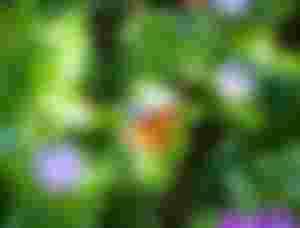
In addition, I'd want to speak about the relevance of butterflies in the world today. It is associated with positive transformations, optimism in the face of hardship, and the beginning of a new chapter in life. In addition, due of their distinctive appearance, butterflies are often represented as attractive creatures in literature, art, and other forms of media.
You may not have realized it, but butterflies have the capacity to taste with their feet.

Butterflies have something called taste receptors on the soles of their feet, which help them detect food and locate their host plants more easily.
According to what I've lately learnt from other sources, a female butterfly emerges after landing on several plants and drumming her foot on the leaves until the plant releases its juices. Chemoreceptors on the backs of her legs are in charge of sensing the optimal combination of plant compounds in her environment. When a female butterfly finds a suitable plant to deposit her eggs on, she will do so immediately.
Note:Chemoreceptors are capable of detecting changes in the quantities of CO2, oxygen, and pH in the environment. They are classified as either central or peripheral, based on where they are physically placed in the body and how they function.
Equine Exercise Physiology, which was published in 2008.

Another aspect of their appearance that I find fascinating is their colors. The hue of a butterfly's wings is influenced by a variety of evolutionary processes. Moths, which seem to be nocturnal and unattractive, are really the progenitors of butterflies and are related to them. The entrance of bats had an influence on night-flying insects, and some of them modified their habits to become day-fliers as a result of the shift. In addition to other changes, the rising light made it possible to see more vibrant colors.
Metaphorically, caterpillar has taught me that the butterfly represents transition, preparation for future tremendous transformation, and finally, an incredibly beautiful complete transition. Even in its most basic form, the butterfly is a symbol of successful transformation. What you were before has been transformed into something quite new.

Indeed, a crawling worm-like creature that spends half of its life living in its own cocoon before waking up to become the most exquisite creature we've ever seen is a fascinating species to see in action. It is intertwined with a life full with mystery and awe-inspiring magnificence, and it is related to it.

Once a larva, now a butterfly.

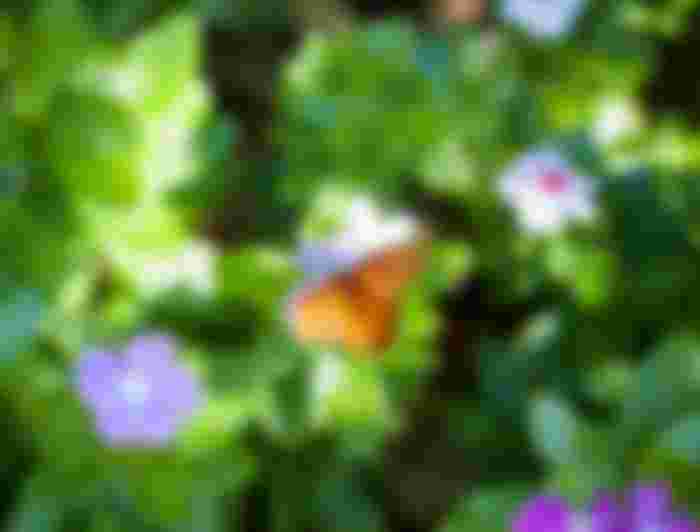
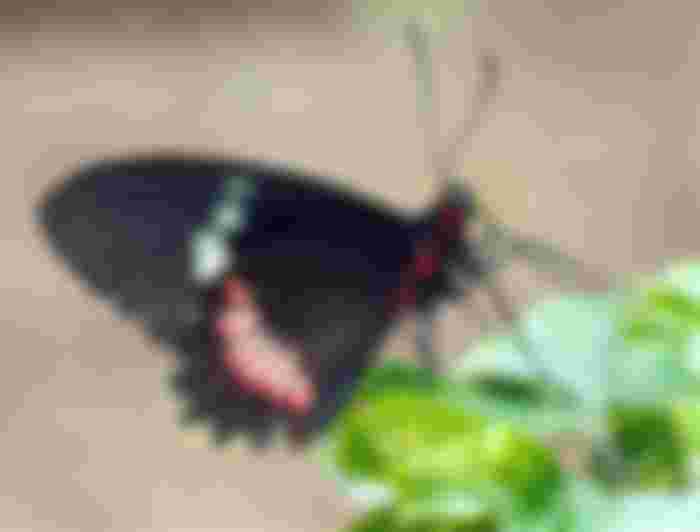
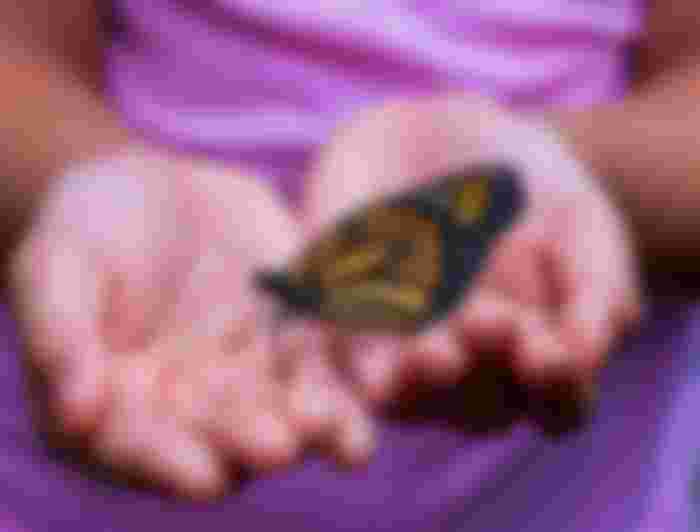
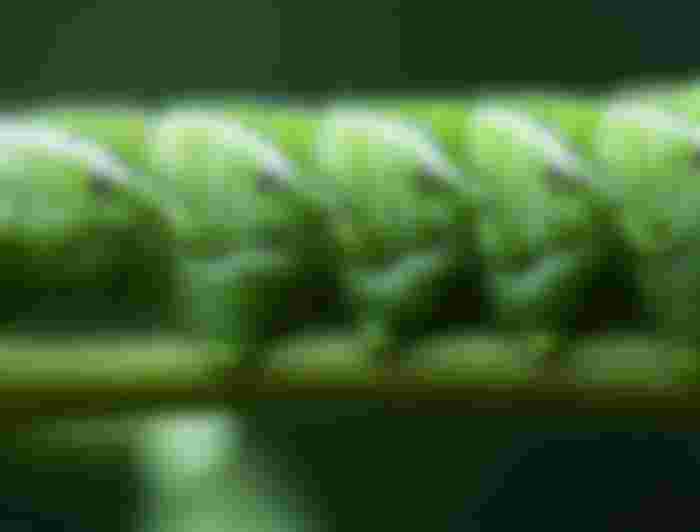
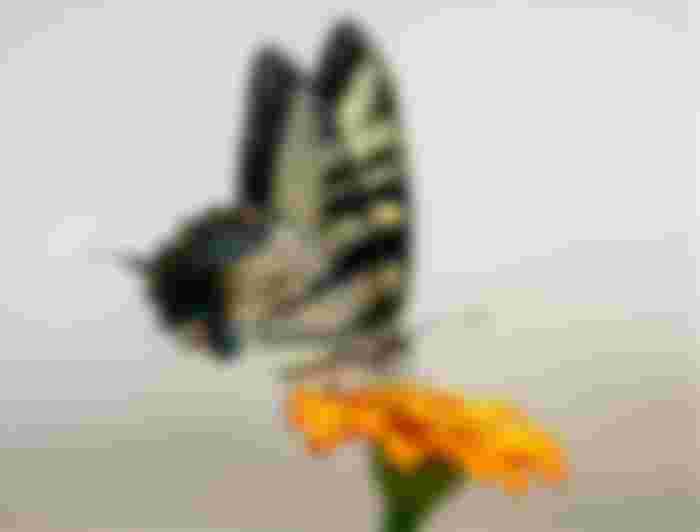
Oh, I just found out that they could actually taste using their feet. Thanks for this additional information! It's creative.